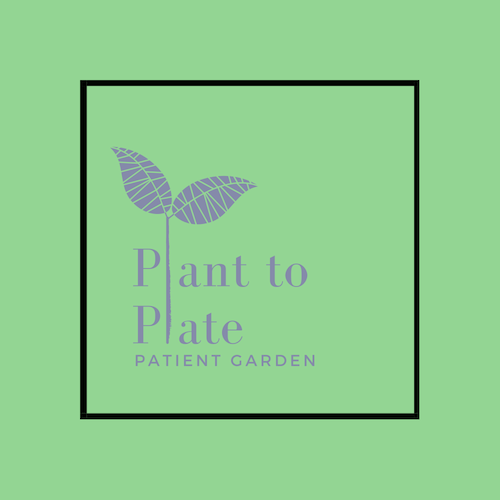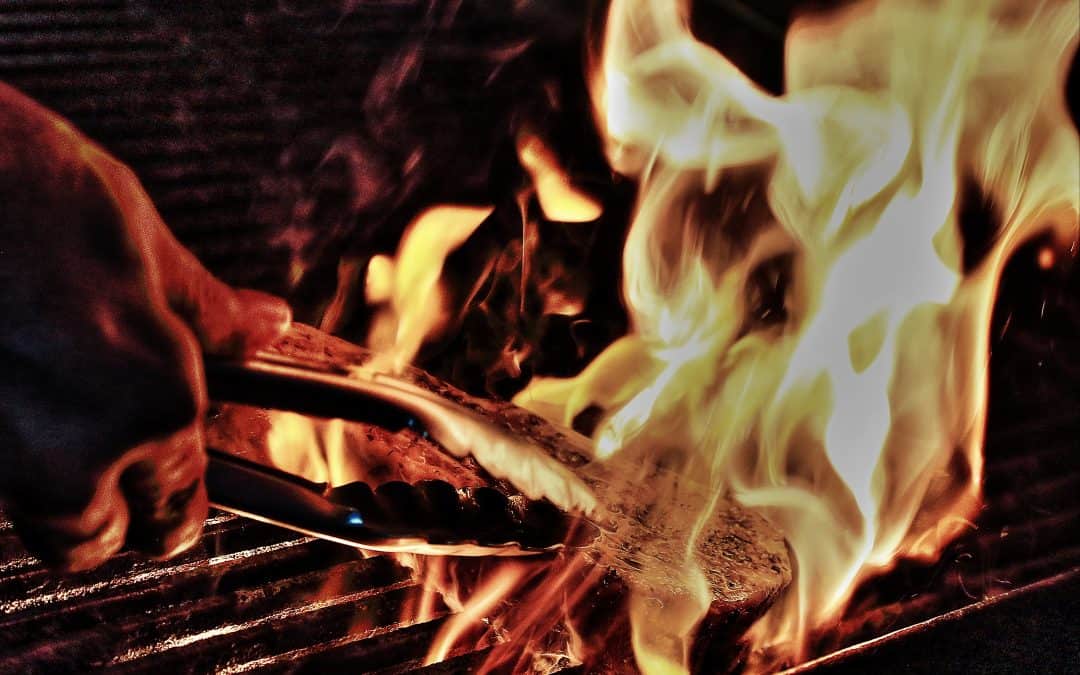A LOOK AT CONTROLLING CANCERS THROUGH FOODS

Disease and foods have a long association. This theory was augmented through the book, The China Study: The Most Comprehensive Study of Nutrition Ever Conducted And the Startling Implications for Diet, Weight Loss, And Long-term Health. One area explored was the link between disease and animal diets vs. plant-based diets, T. Colin Campbell, Ph.D., made a connection between cancer and protein-rich diets. Nutrition is just one of the agents discussed when assessing cancer. There are, in fact, 6 causes of cancer to evaluate: genetics, chemical induction, radiation, viral mutation, nutrition, and stress. This book uses an exciting theory which notes that food, diet, and lifestyle can positively impact carcinogenesis and act as chemopreventive agents (CPA) in treating cancers.
To set the stage, there needs to be an understanding of the general phases/stages of cancer development or carcinogenesis, which are: induction, promotion, progression, and metastasis. This developmental process is bidirectional and allows for manipulation, promotion or reversal, along the continuum.
Now, let’s look at protein-rich diets and cancer initiation. T. Colin Campbell, Ph.D. has delivered extensive research on the associations of protein and cancers. He links liver cancer to the animal protein, casein, as the mechanism of action. Diets high in casein could result in the mutation of genes inducing cancer via the exposure to the carcinogenic agent, casein. Hence, the beginning of the induction stage. As he continued his research, he noted the potential for reversal or suppression on cancer in animals/people along the bidirectional cancer stages.
As the mutated cells become incorporated into the cells genetic makeup, their daughter cells will continue to produce mutated cells, unless they are genetically mutated or experience cell death. This growth/propagation stage is known as the promotion phase. This can be a time-consuming and reversible process, in which, actively replicating preneoplastic cells grow. During the promotion phase, the cells can be altered by agents and effect, both promotion and hindrance, growth rates of these mutated cells.
The final two phases of cancer, progression and metastasis, make the distinction between benign and malignant/invasive cancer, with possible metastatic potential.
CPAs have the greatest effect on the promotion phase, aside from the initial insult/mutation. Therefore, simple dietary influences should be able to act during the initiation and promotion processes of carcinogenesis by inhibiting, suppressing, or reversing the development and progression of cancer. The example of a high protein casein-rich (HPCR) diet is compared to low protein soy (LPS)diet, in which the virally-induced cancerous mice are fed these two diets. The HPCR diet acts on the promotion phase of cancer and the animals continued into progression and metastasis phases. The LPS diet hindered the promotion phase, giving rise to the potential for reversal of the promotion and possibly the induction phase.

With that in mind, other foods have the abilities to work along the bidirectional system relating to different cancers and the greatest leverage on the promotion phases. Some examples of food influencers by William W. Li, MD, are on angiogenesis and the hindrance of cancer’s required perfusion with anti-promotors. See thefood chart. Dr. Li, notes that a “Goldilocks Theory” is seen within his research, that the body uses its own biofeedback mechanism to utilize or not to utilize the whole plant-based foods in an attempt to interfere with the bidirectional process, as needed, to return the body to its nonmutagenic state.
Dean Ornish, MD evaluated the reversibility of prostate cancer using dietary influencers, whileRui Hai Liu, MD, Ph.D. evaluated colon cancer and their associated anti-promotors as bioactive compound found in WPBF vs supplements. All of the current research brings about the idea that correlations are crucial for research, as the adage goes, “Correlation implies an association, but not causation. Conversely, causation implies an association, but not a correlation”. And just maybe, “one diet to rule them all”.



Recent Comments